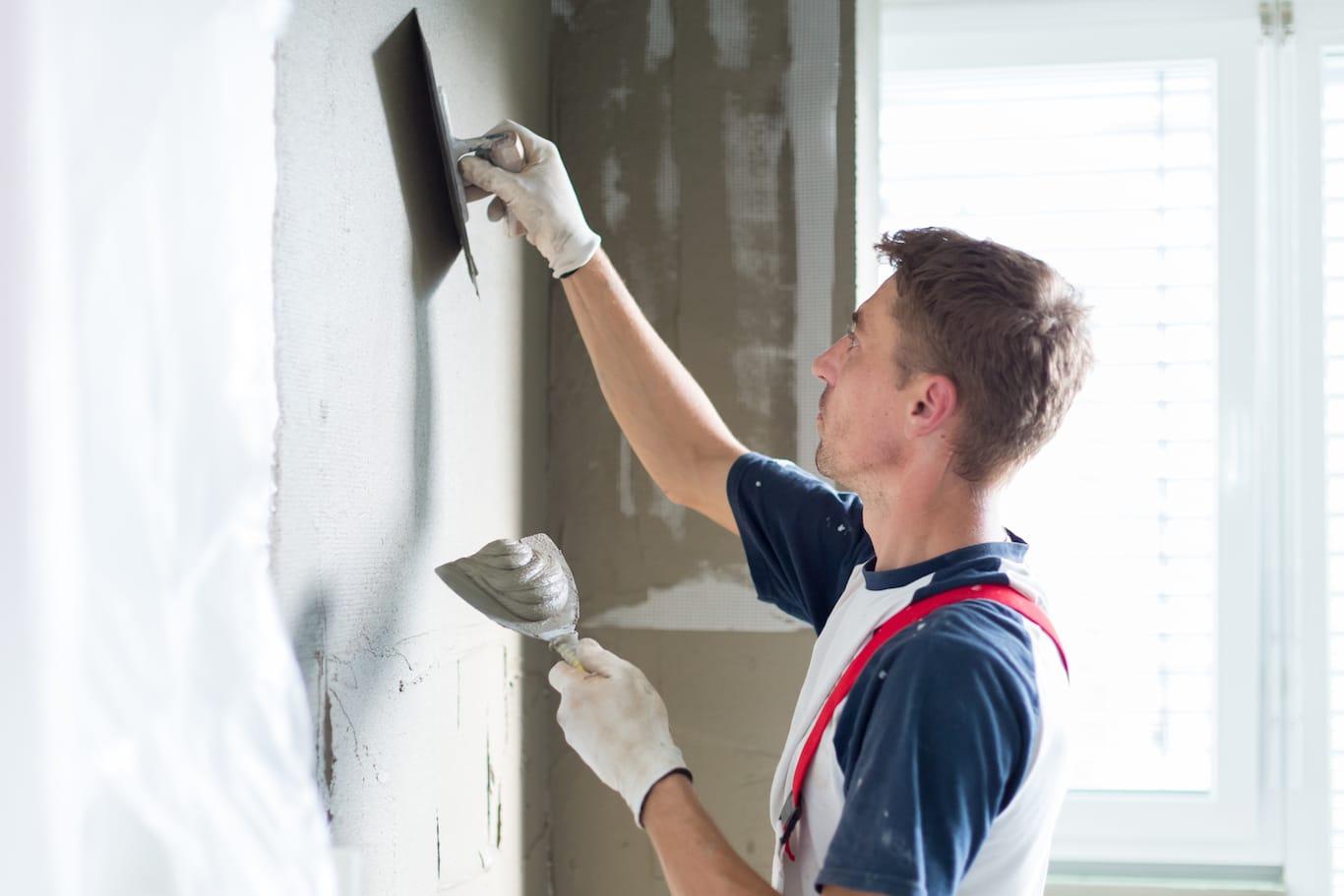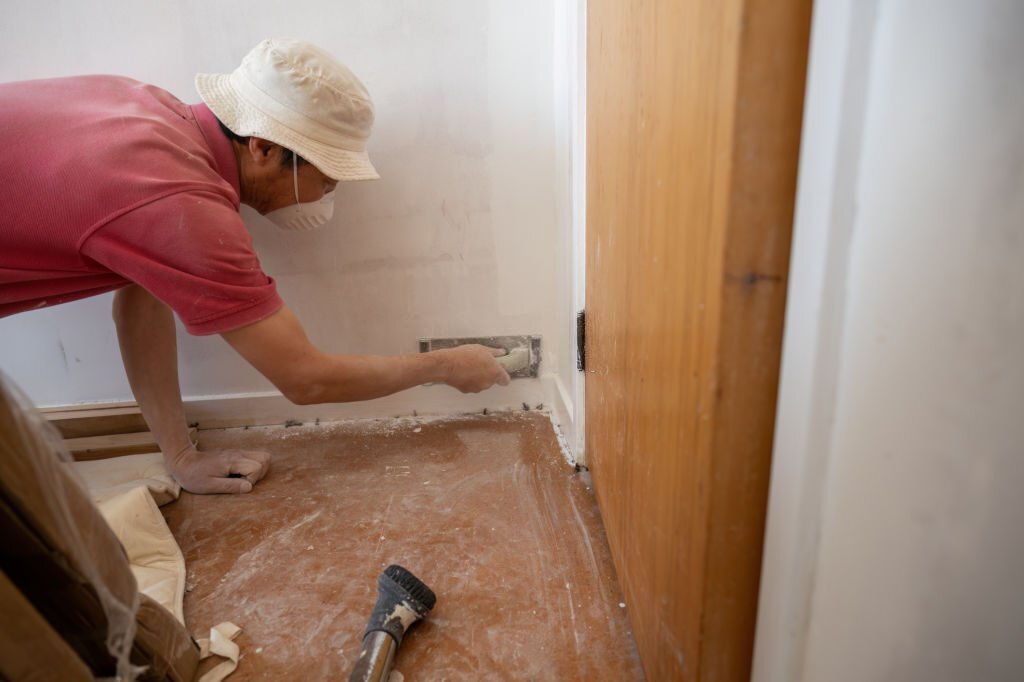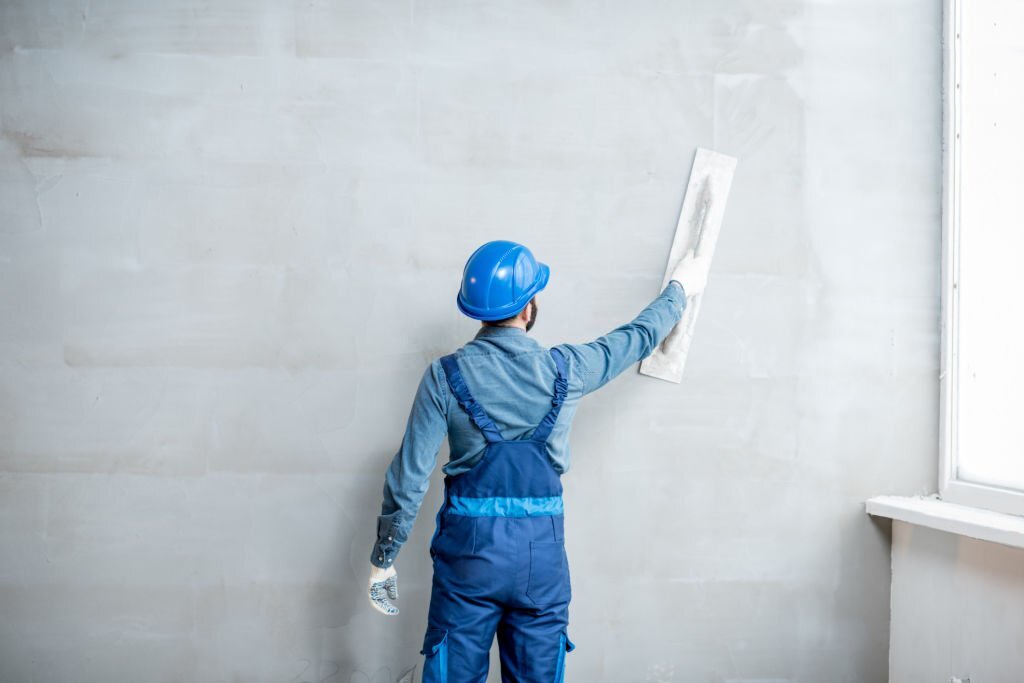Whether you want to renovate your house or build your dream home, you should know that you need to hire a plasterer. These professionals can help you in getting your work done promptly and with a great deal of efficiency. They can also help you choose suitable materials, giving your home a better look. Whether hiring a plasterer for your next home improvement project or a plasterer to make a few repairs, it’s essential to know what you’re getting into. These tradesmen have a lot to offer, including working with various materials, determining the best way to lay out the walls, and creating decorative plasterwork. A good plasterer should be able to estimate the cost of materials needed for the job and provide an accurate estimate of the cost of the external wall coverings. A well-trained plasterer can earn a decent salary, depending on the size of the project and the location.

Whether you are looking to add beauty, elegance, or beauty to your ceilings or walls, an ornamental plasterer can help. Ornamental plastering is a technique that has been used for centuries to create unique designs in buildings. Ornamental plasterers use a variety of tools to produce designs. These tools include molds. Molds are open box-like tools used to create designs. Ornamental plasterers often use plaster molds based on architectural drawings. They then apply a layer of plaster over the design, allow it to dry, and then cover it with a second layer. They also add fibers to the plaster. These fibers give the material strength and control set times.
Whether you are looking for a plasterer for a small room or an entire house, you must consider a few essential factors. These factors will help you find a good plasterer at a reasonable price. One of the more expensive elements of a plastering job is labor. The labor price can be up to 20% higher in metro areas. Getting a quote from several companies before settling on one is a good idea. The cost of hiring a plasterer depends on the size of the room, the type of plaster, and the job’s complexity. Choosing a plasterer with experience and a proven track record is essential. Checking out a plasterer’s portfolio and reviews is a good idea. Whether you’re looking to re-plaster a room or skim your ceiling, a good plasterer can help you choose the best course of action. Skimming costs less than re-plastering and can help you create a smooth and even surface. Unlike re-plastering, skimming involves applying a thin layer of plaster. It takes a couple of days to dry. You may also have to paint the wall, but it’s a relatively cheap alternative to full re-plastering. Skimming is also less messy, but you can expect some dust to escape during the process. It’s a good idea to ask the plasterer to provide a written quote.
It will ensure that you don’t get into any disputes about the work they’ve done. The quote should also include supplies such as sandpaper and joint compound. Whether you’re interested in a career as a plasterer or stucco mason, you’ll need to be equipped with the right tools and skills. As you advance in your career, you’ll learn new techniques and how to mix and apply plaster. Plasterers are tradesmen who apply plaster coats to walls, ceilings, and other surfaces. They are also able to apply decorative designs and coatings. They also protect surfaces, such as drywall and cinder block walls, with protective coverings. There are many different types of plastering. Some plasterers specialize in decorative applications, including molds, casting ornaments, and applying textured plaster. Others specialize in stucco applications for tall structures.
Read more https://yourplasterersauckland.co.nz/

